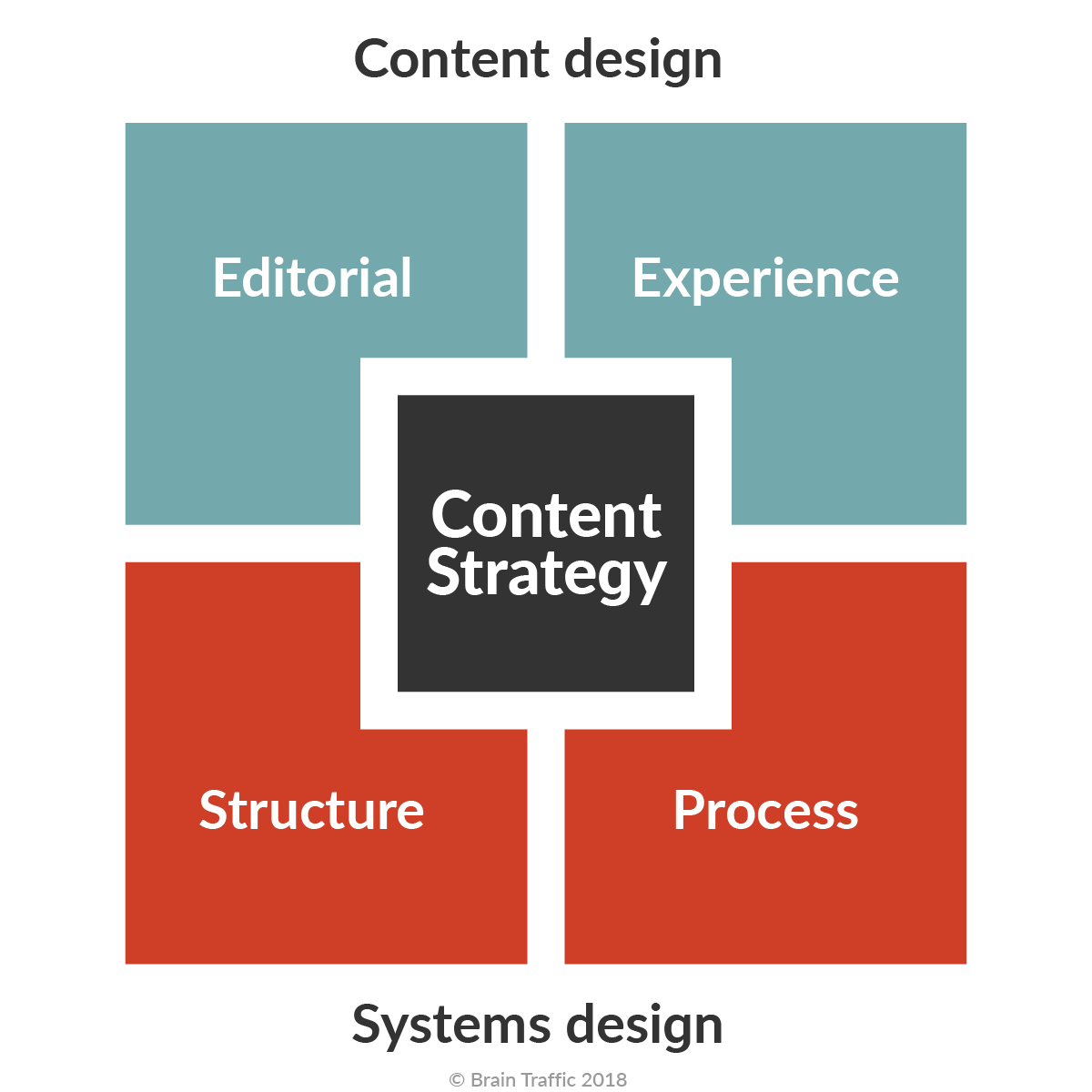5 reasons why international development needs content strategy
This article originally appeared on ICTworks.
International development organizations are full of smart, pragmatic people. But just as the rise of digital has disrupted public, private, and nonprofit organizations in other sectors, digital poses fundamental challenges to the international development community.
In response, development organizations have often tried to improve project implementation through ad hoc ICT4D initiatives. Meanwhile, many of these same organizations have built digital properties and communication initiatives in silos to meet short-term needs.
The status quo is unsustainable
In the rush to implement projects and demonstrate progress, development organizations have created a confusing ecosystem of websites, logos, microsites, apps, campaigns, social media channels, publications, e-mail lists, and knowledge portals, often in response to donor organizations’ requests.
When the funding runs out or interest shifts, it often seems easier and less expensive just to abandon the old assets and commission new ones. This vicious cycle generates financial costs, security risks, privacy risks, and legal risks while undermining the organization’s efficiency and effectiveness.
Fortunately, we do not need to invent a solution to these problems. Organizations in other sectors have experienced similar growing pains as they’ve become more digitally mature. It’s time for the international development community to take the next step as well by embracing content strategy.
What is content strategy?
“Content strategy,” as defined by Kristina Halvorson, “plans for the creation, publication, and governance of useful, usable content.” In development contexts, we could broaden the definition of “content” to include data, platforms, and tools.
Creating a content strategy is an opportunity for an organization to address not only the things that people see online and offline (the “content components”) but also the governance and workflow issues that stymie so many organizations (the “people components”). In order to address these issues in a coherent way, an organization must develop a core strategy that serves the organization’s priorities and users’ needs.
Why create a content strategy?
Here are a few reasons why development organizations should embrace content strategy:
- To reduce financial costs: It costs time and money to create, maintain, promote, improve, and retire digital properties. More properties means more expenses. A good content strategy establishes criteria for determining which digital investments to pursue, and which ones to reconsider.
- To avoid security risks, privacy risks, and legal risks: When teams improperly manage or abandon their digital properties, they can expose entire communities and organizations to legal issues and security risks—and even compromise personal data. No single team can solve this problem on its own. The process of designing a content strategy brings together staff from a variety of teams to develop a sustainable solution.
- To improve efficiency: When it’s unclear who has the authority to make decisions about various aspects of digital, teams spend time in needless discussions about routine issues. Teams may unintentionally duplicate each other’s efforts, reinvent the wheel, or skip important steps. Creating a content strategy allows organizations to address the underlying issues and reach agreement on priorities, roles, and processes.
- To improve effectiveness: Organizations damage their effectiveness when their digital presence confuses visitors. Out-of-date content, abandoned websites, and inconsistent design are just a few of the barriers that users encounter. This is especially problematic for users who are reading in a second language or accessing materials via a slow connection. Developing a content strategy often involves conducting quick and inexpensive “lean” research. This helps organizations diagnose problems and find better solutions to meet users’ needs.
- To empower staff: Nowadays, many employees who are not in an organization’s core digital team have valuable but underutilized digital skills and experience. Others may have less experience but a strong interest in building their skills. Developing a content strategy includes identifying employees from both groups, so the organization can empower staff to learn new skills and use existing skills in a more strategic way.
How to get started
Creating a content strategy doesn’t have to happen all at once. It’s possible to start small and make progress in an iterative way. But designing and implementing a content strategy requires time and commitment. Here are the steps I recommend if you’re just getting started:
- Learn about the content strategy process: If you recognize the problems that I’ve described, take a look at Meghan Casey’s The Content Strategy Toolkit. Casey describes a step-by-step process for creating a content strategy, and she provides dozens of templates to help.
- Quantify the problems and opportunities: Make a list of the problems that you see, and estimate the cost of those problems. Be conservative with your estimates so you won’t overstate the costs. Then for each problem, identify an opportunity, perhaps with the help of someone from your digital team. Estimate how much the solution would save your organization.
- Get support from an executive sponsor: Creating a content strategy involves working across silos. An executive sponsor can make the initiative a priority. Identify an executive who might be interested in sponsoring the project, and outline the problems and opportunities that you quantified earlier.
- Consider getting help: You’ll likely need one employee or long-term consultant who has content strategy experience. To find a qualified content strategist, check out the Content Strategy Google Group, join this Content Strategy LinkedIn group, or contact the owner of your nearest content strategy meetup. If you’re trying to address systemic issues in your organization, avoid the consultants who focus on content marketing, advertising, or SEO. Instead, look for someone who regularly works across IT, communications, business development, field operations, HR, and other departments to improve efficiency and effectiveness.
By creating a content strategy, development organizations can take major steps toward ensuring that their digital properties are assets rather than liabilities. Given the challenges that the world faces, we need digitally mature development organizations now more than ever.

